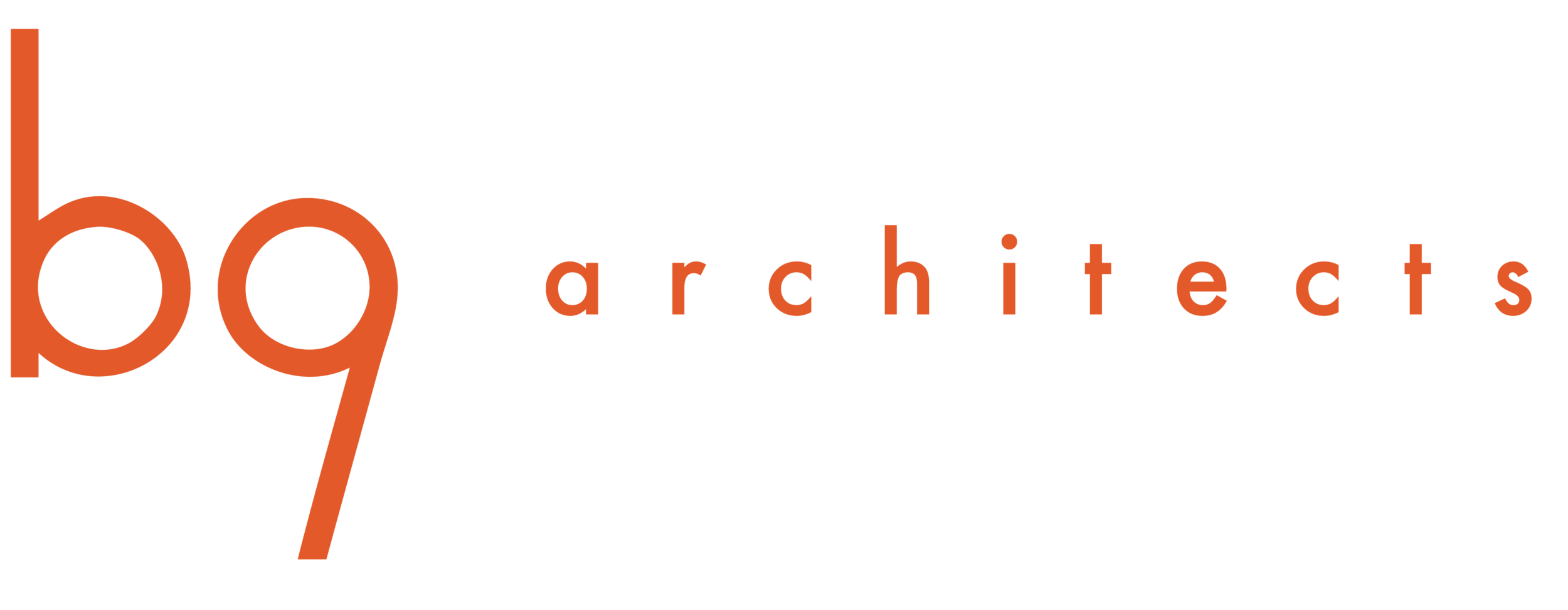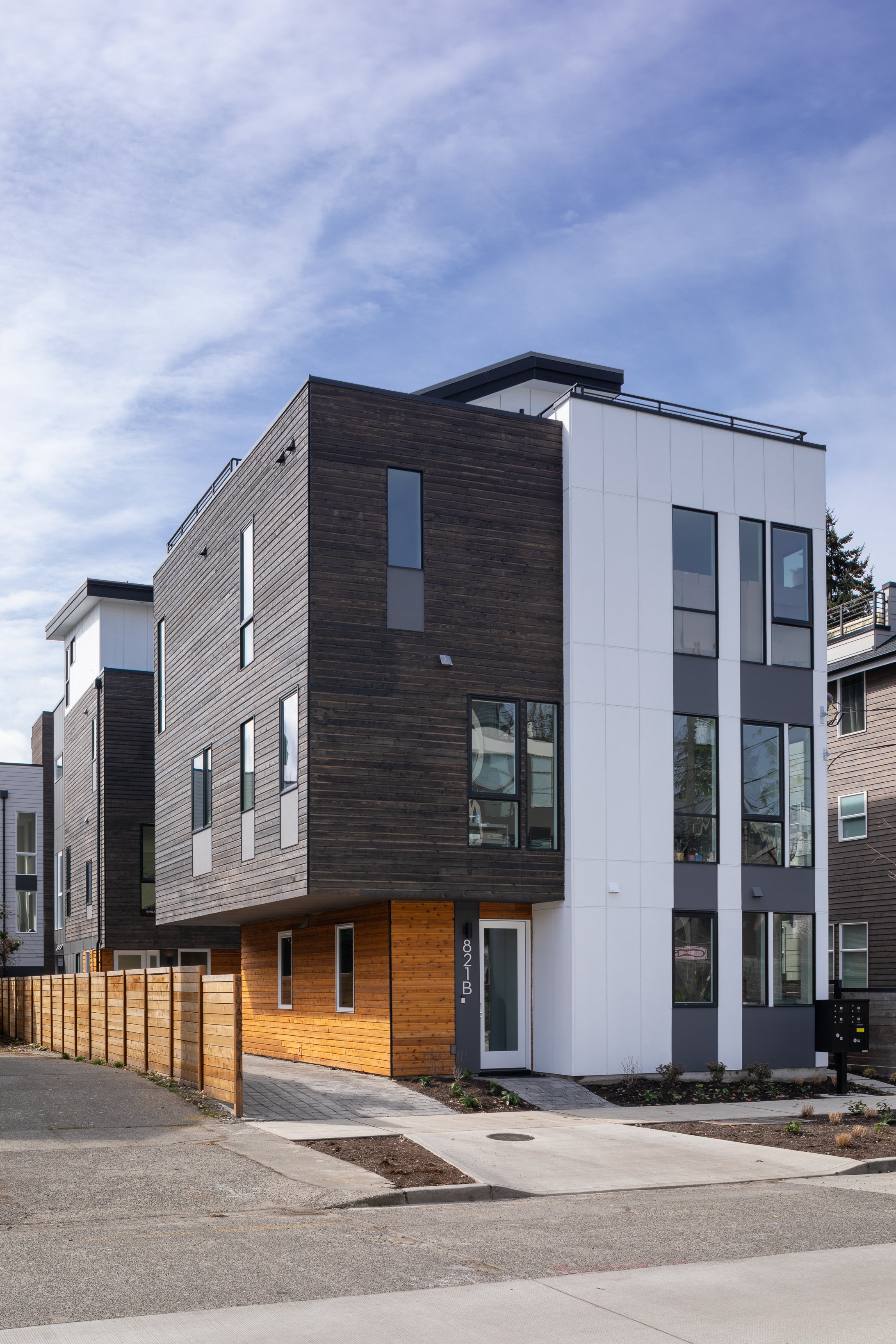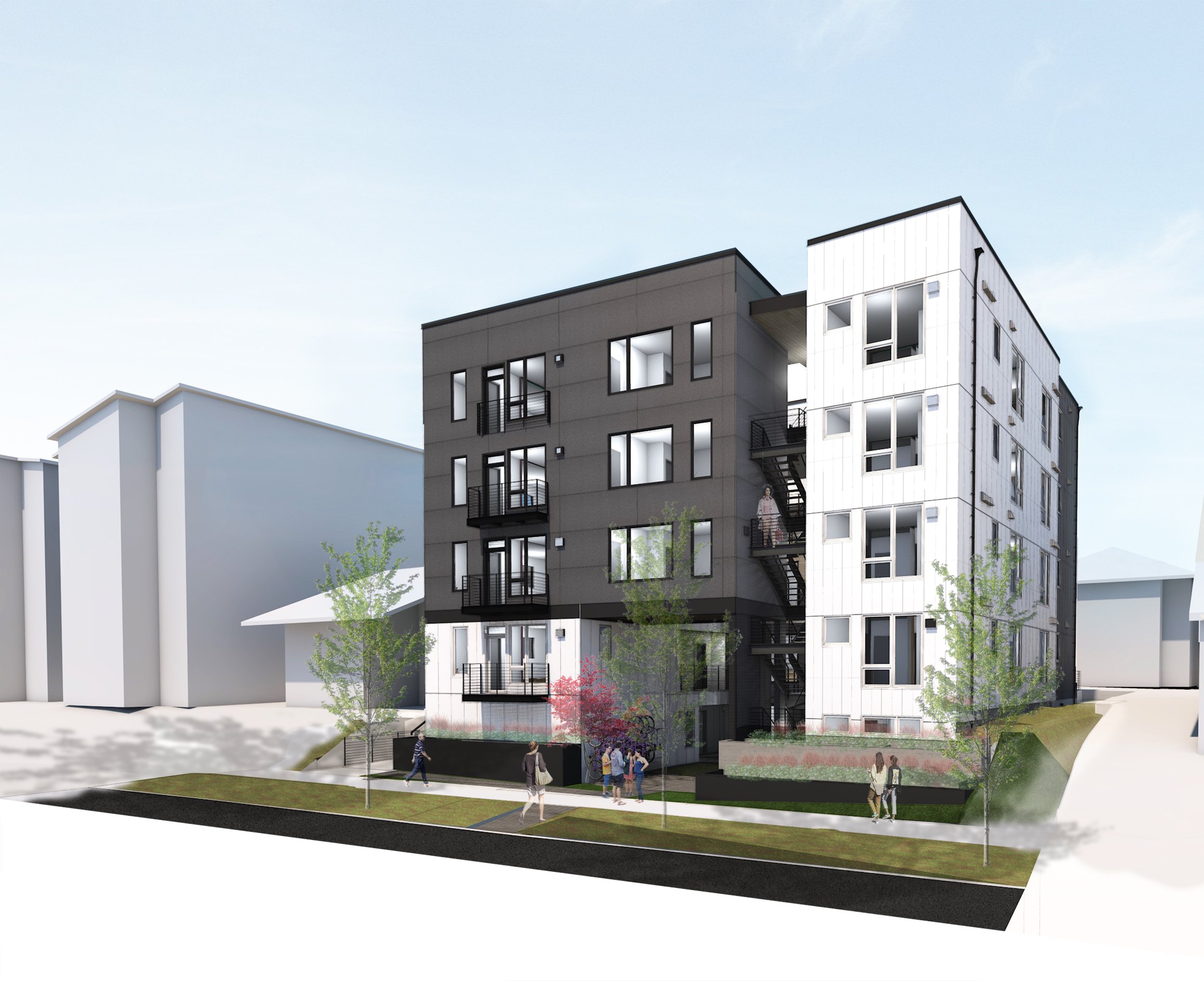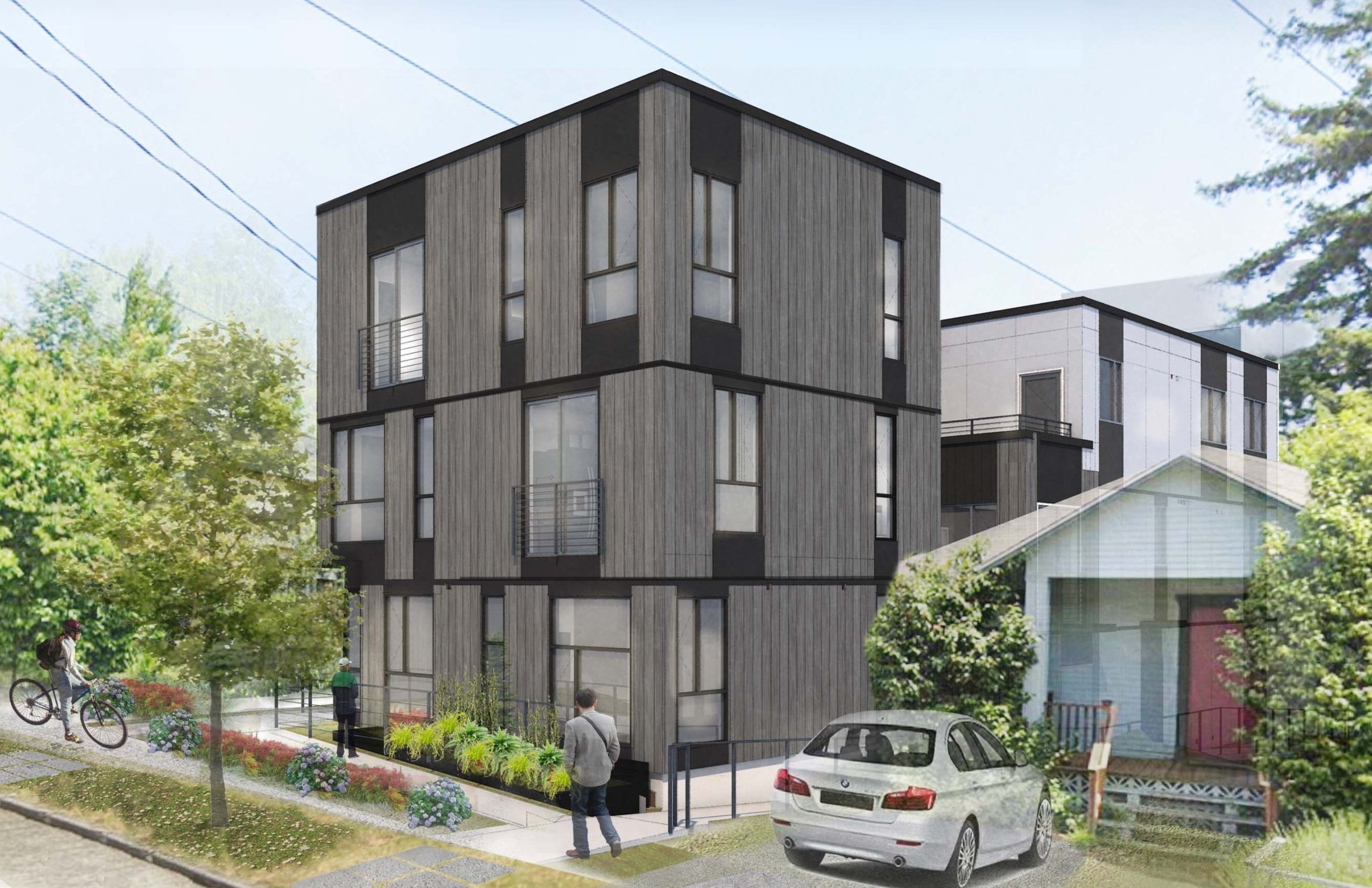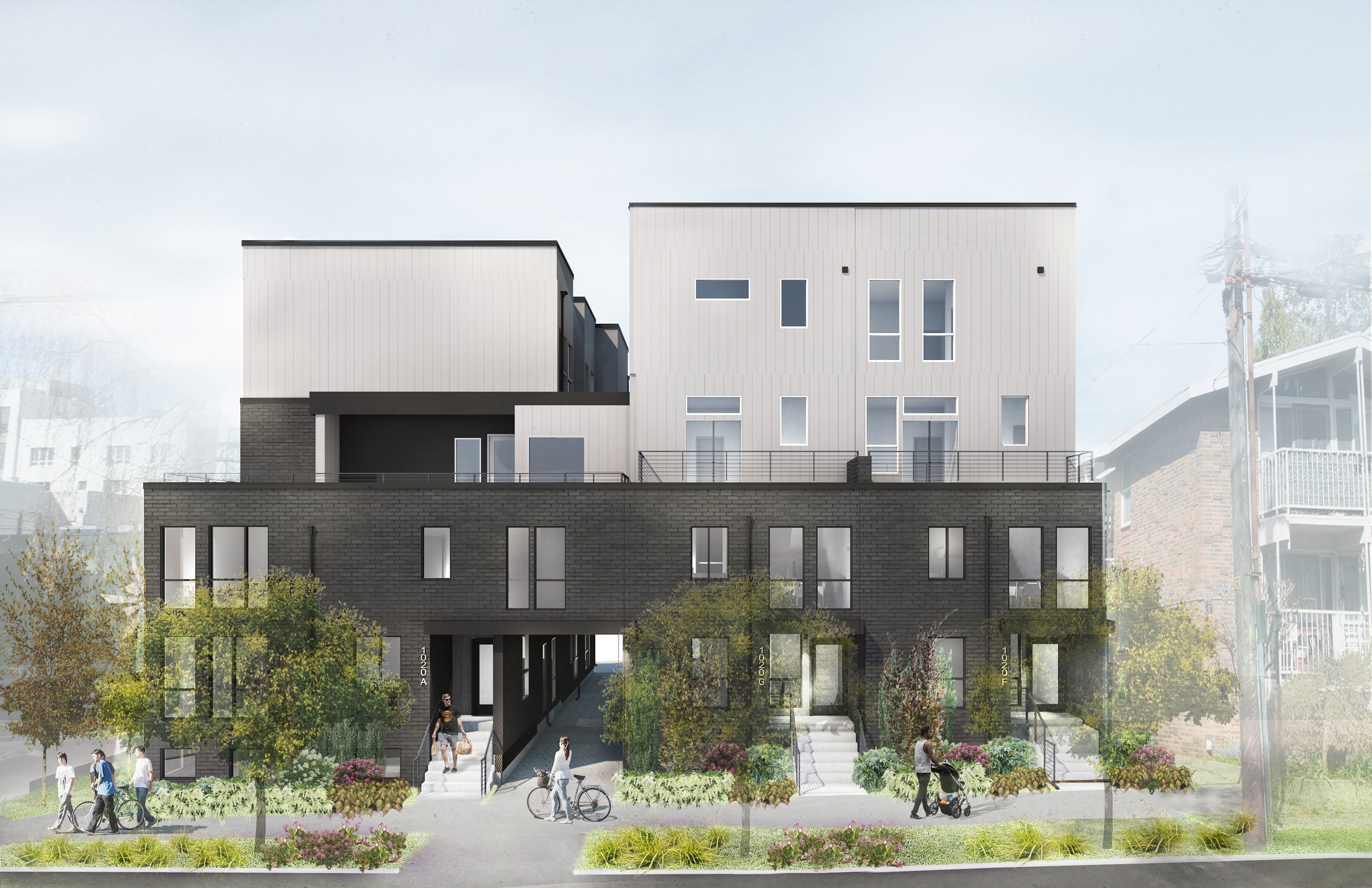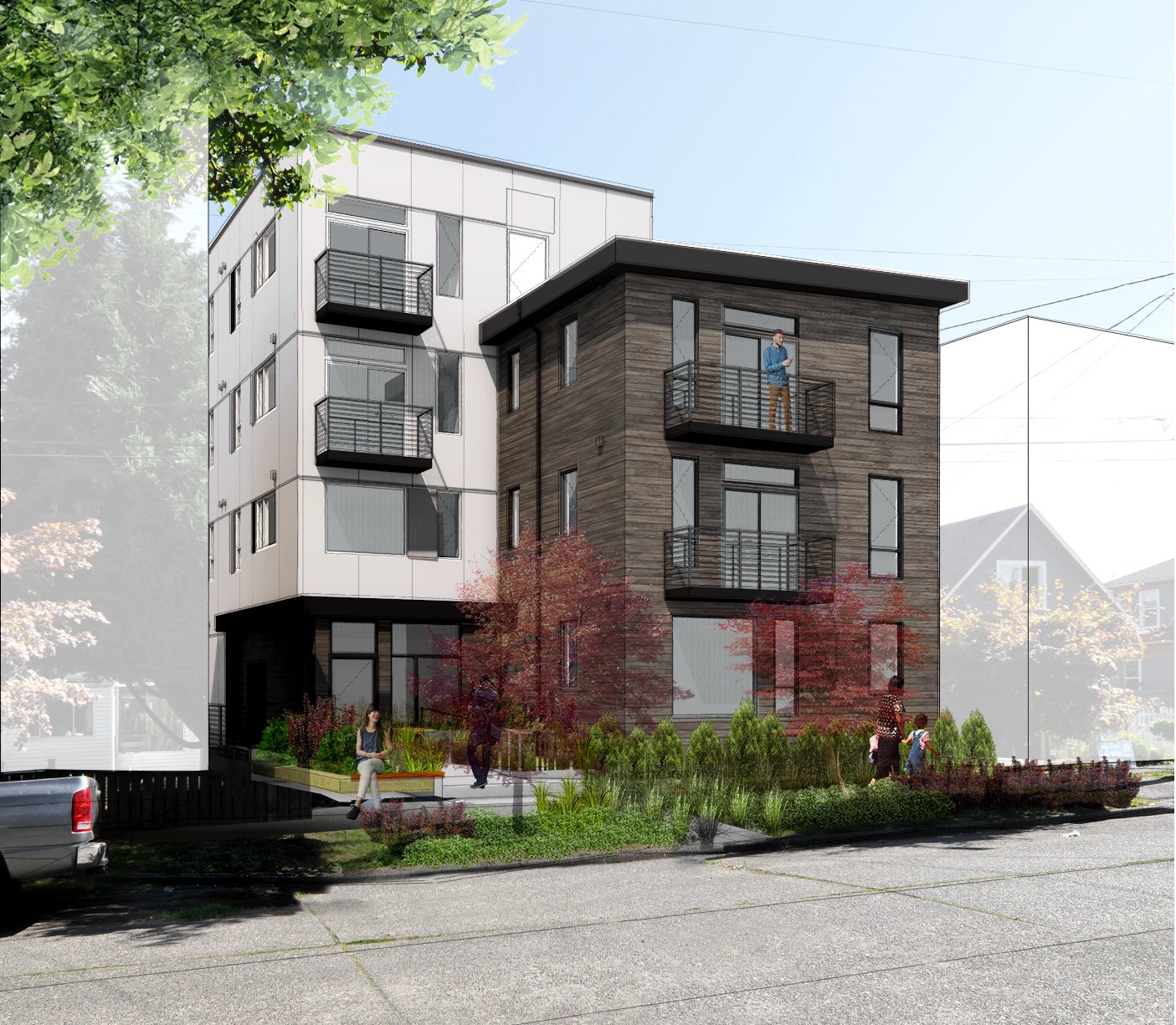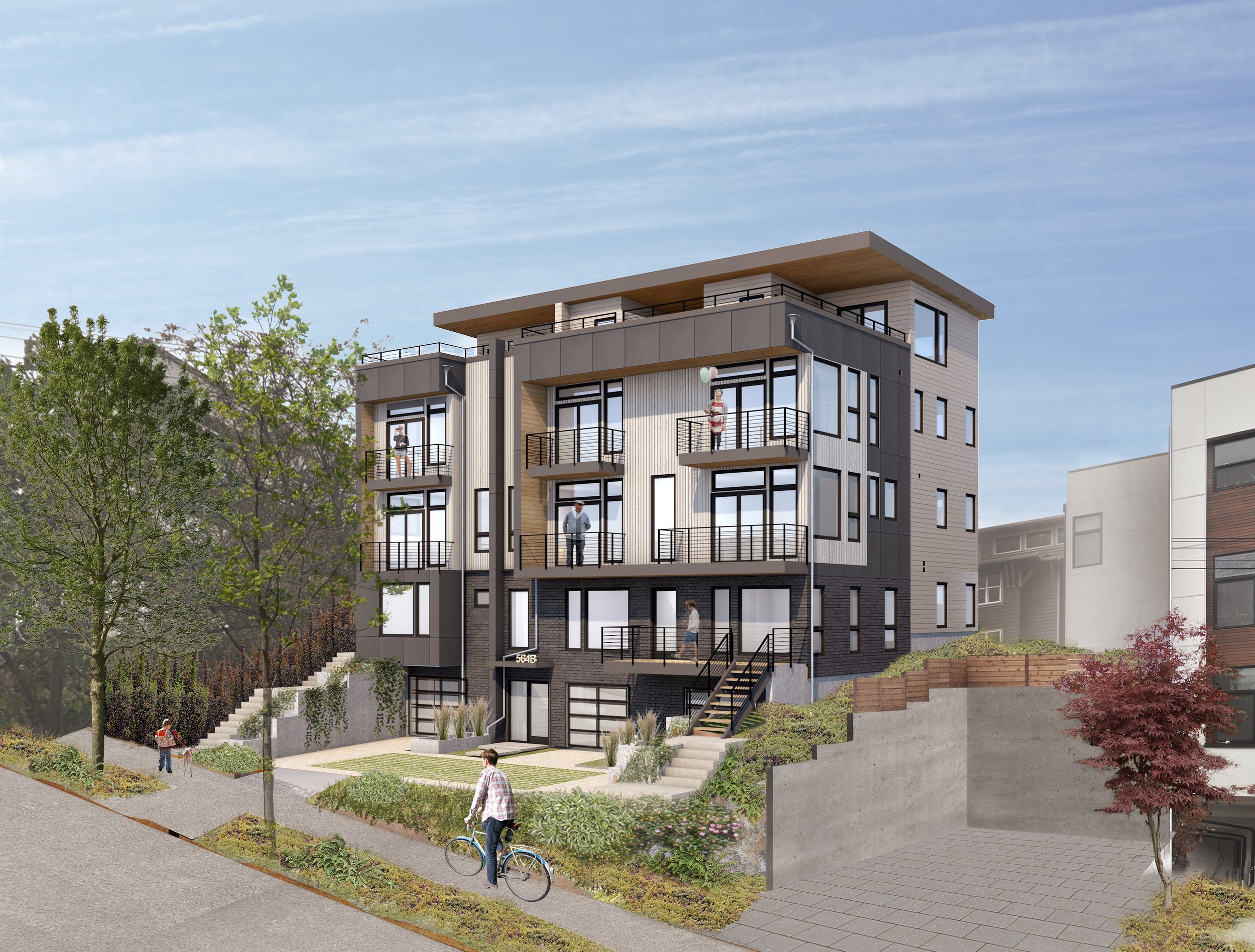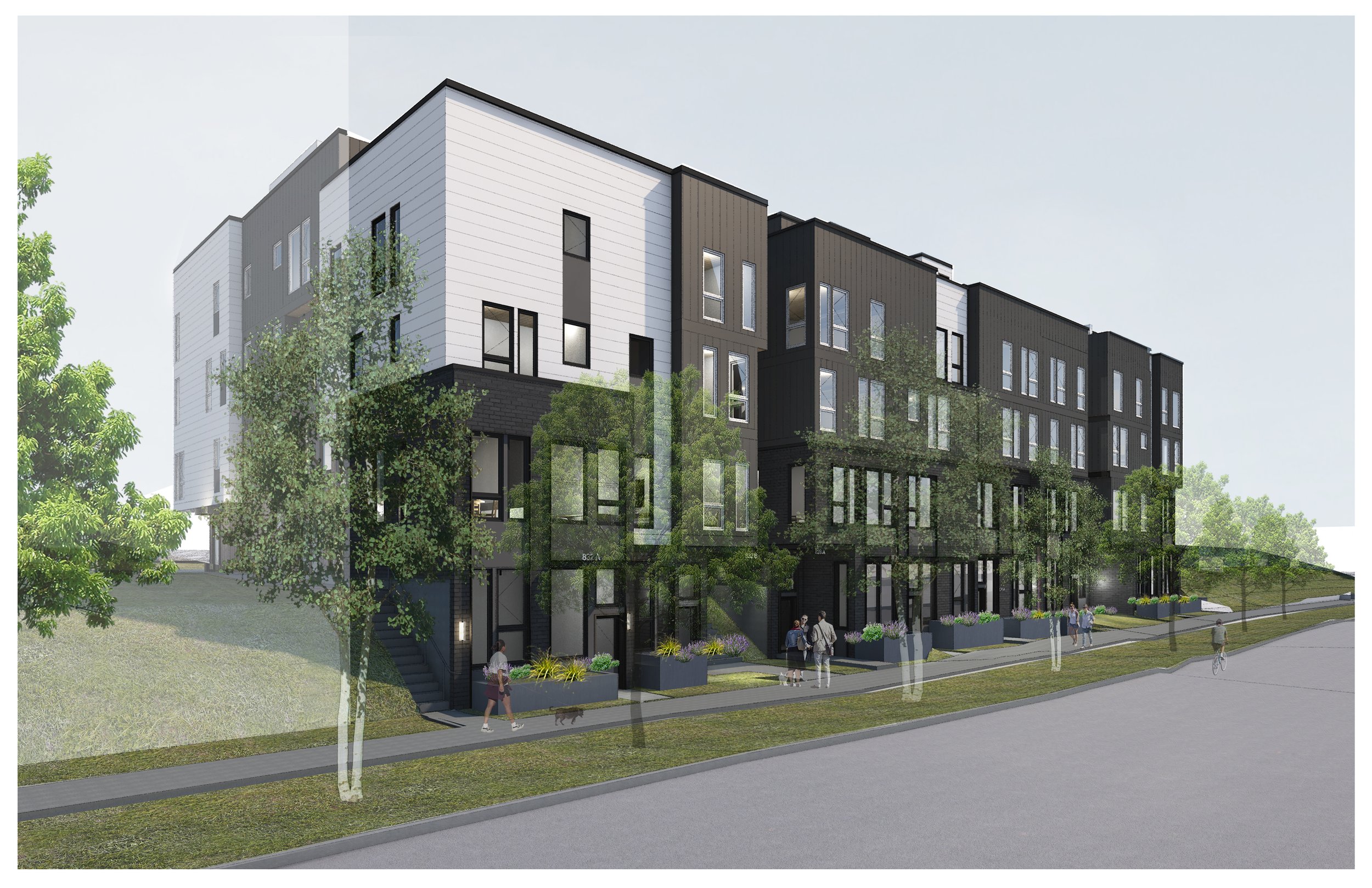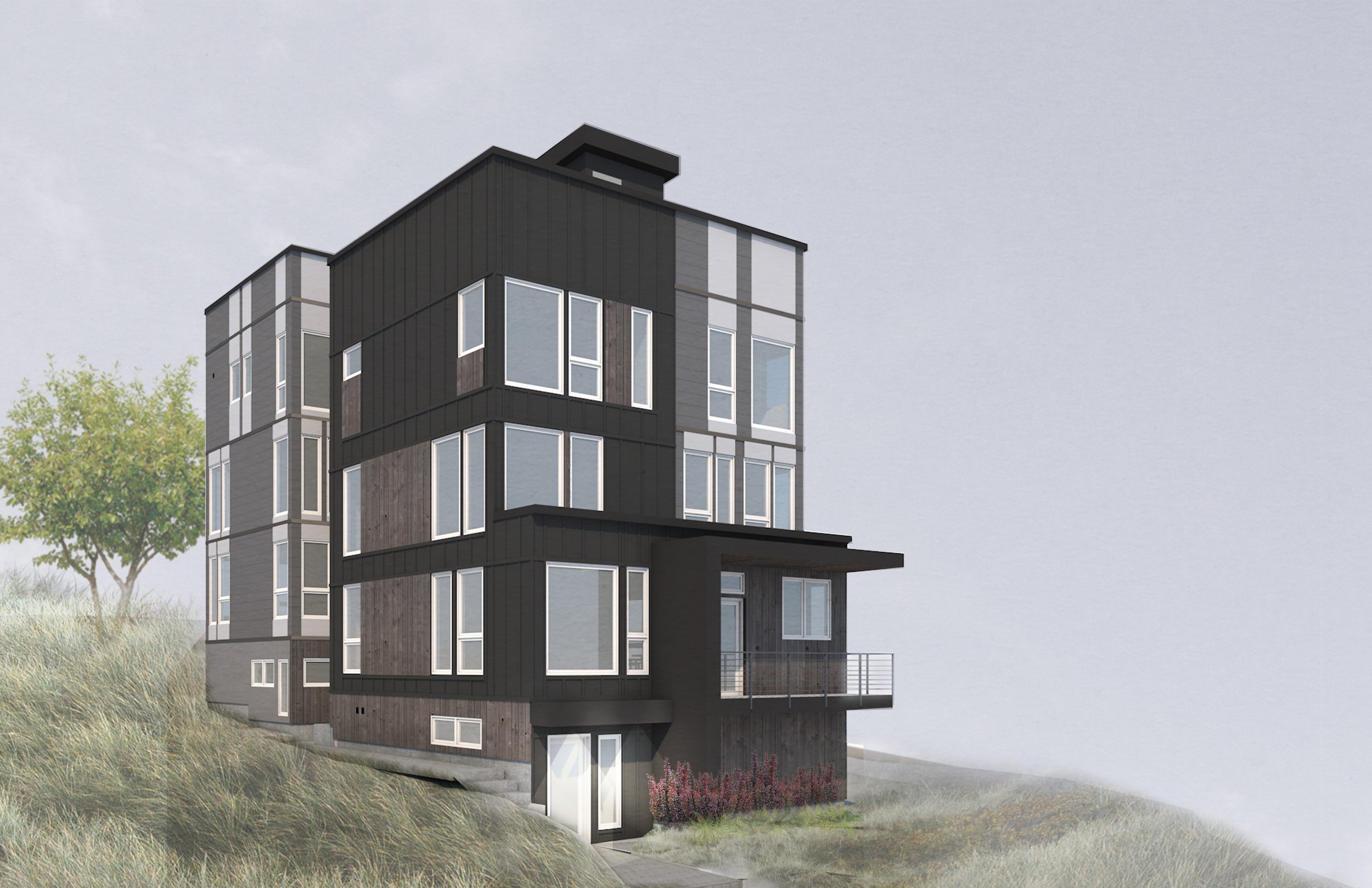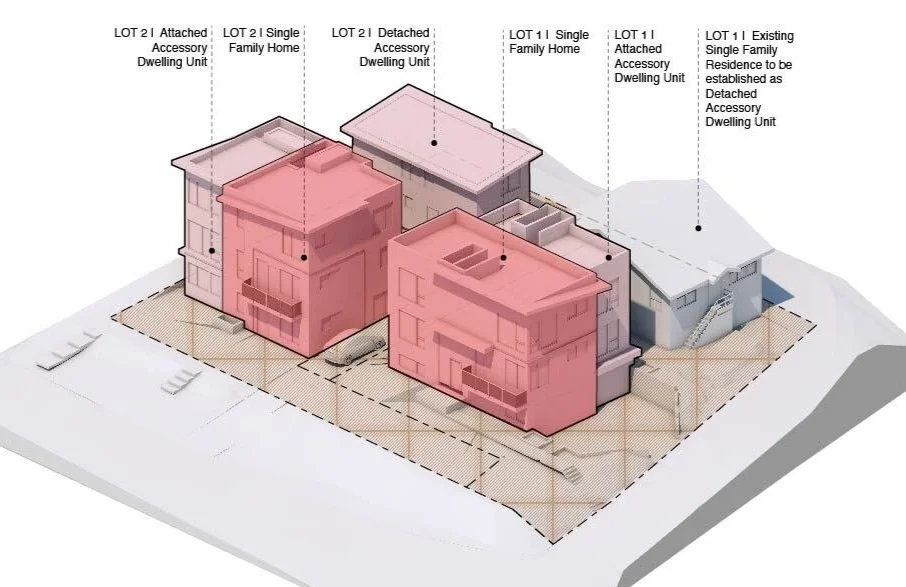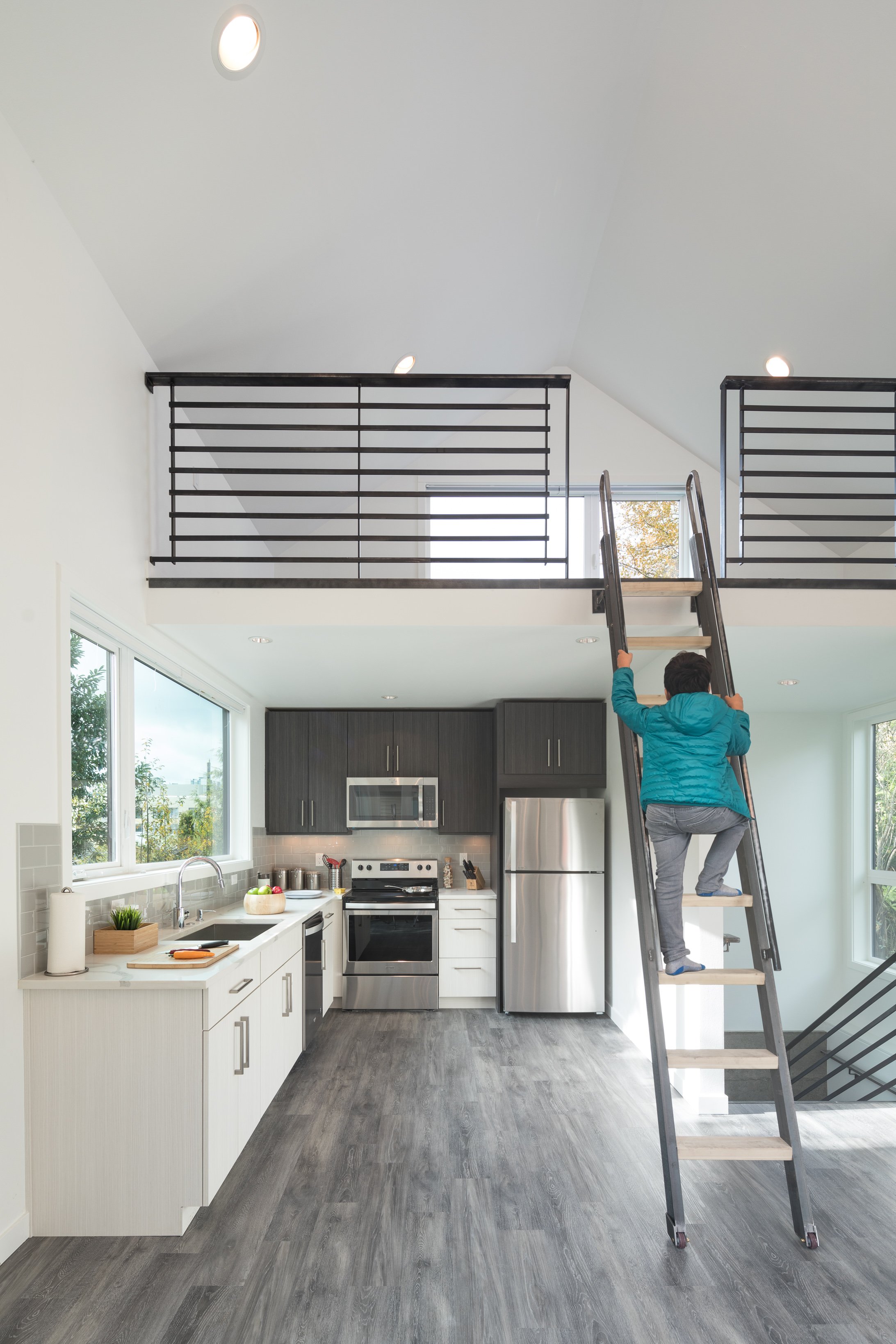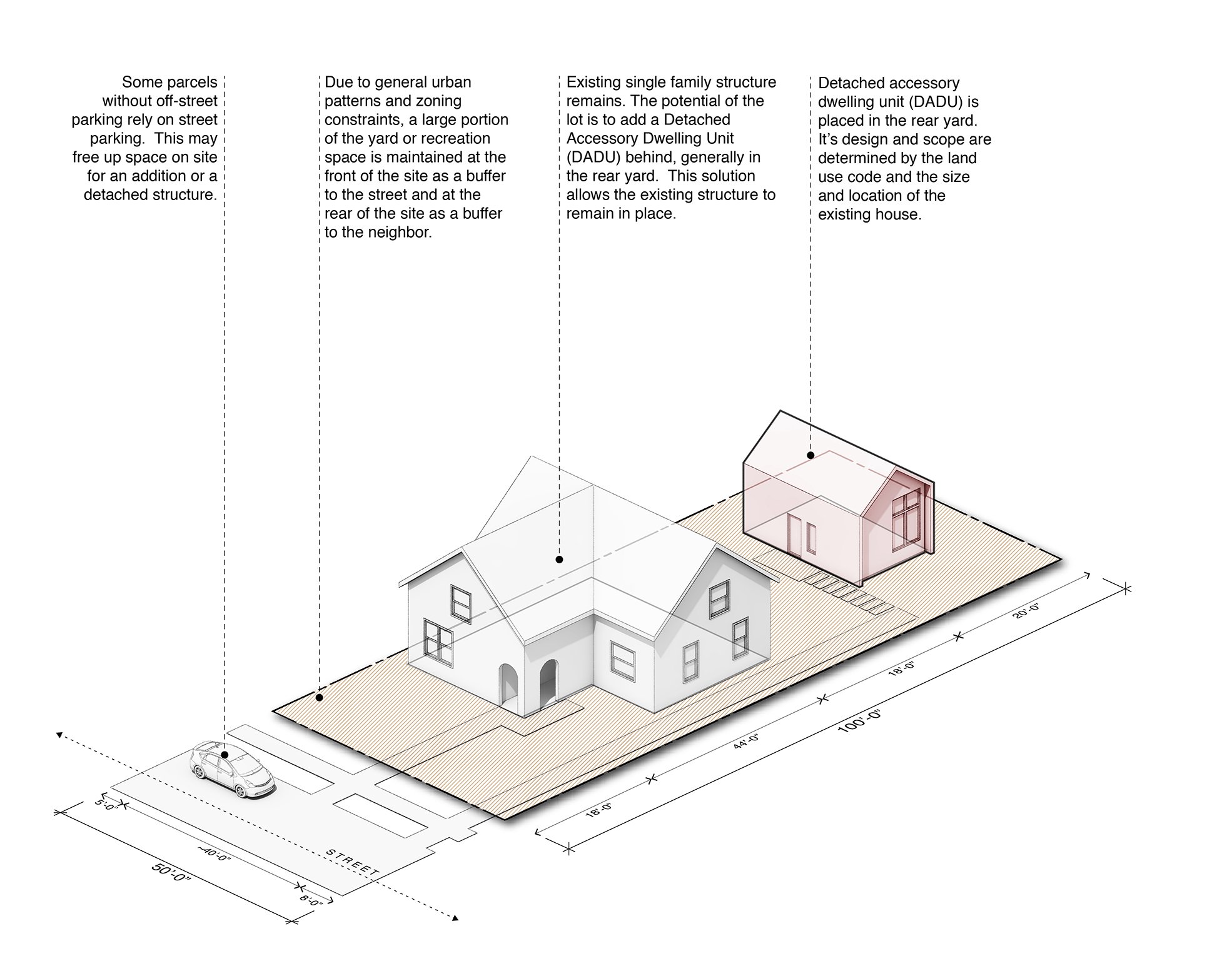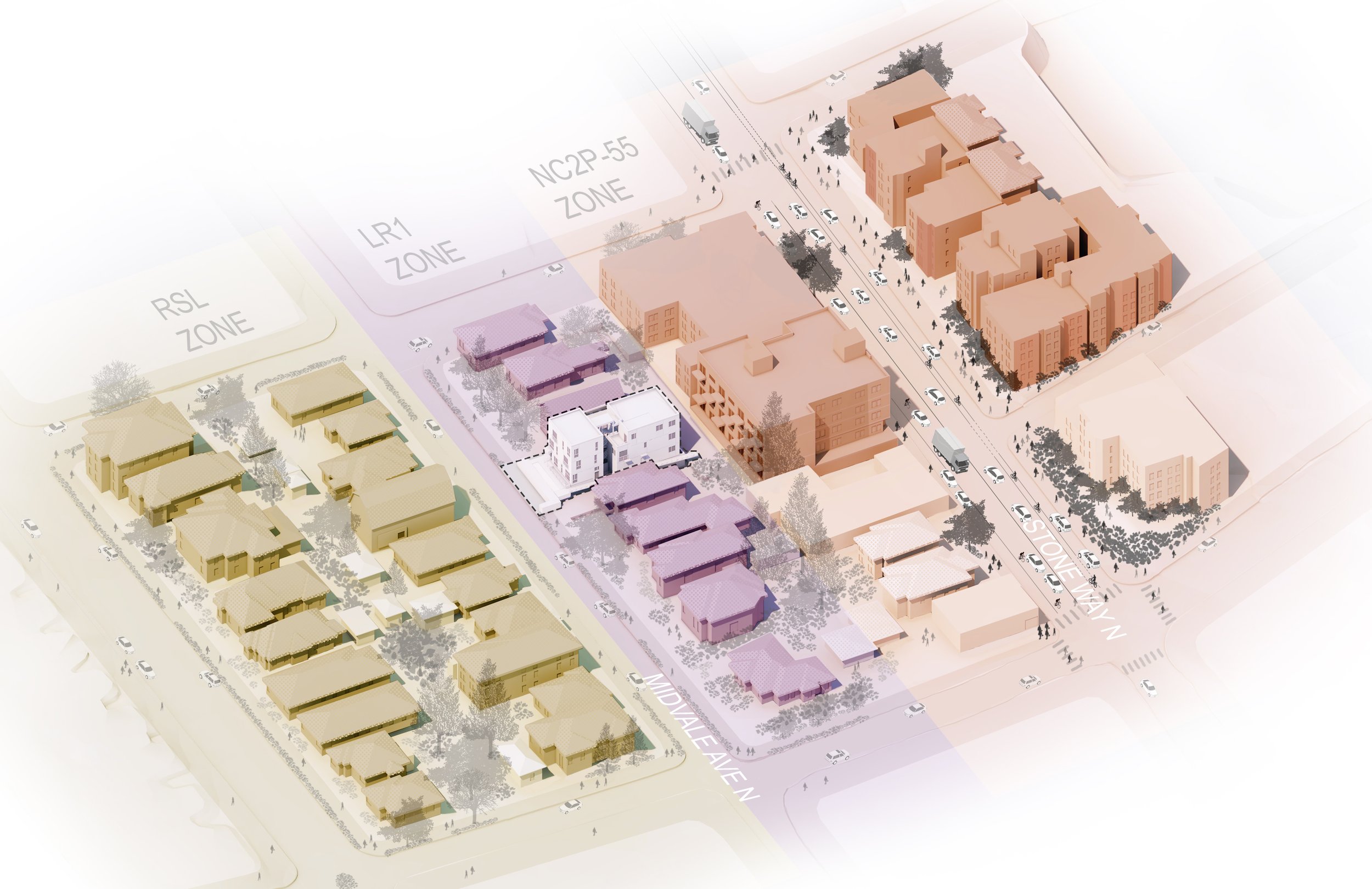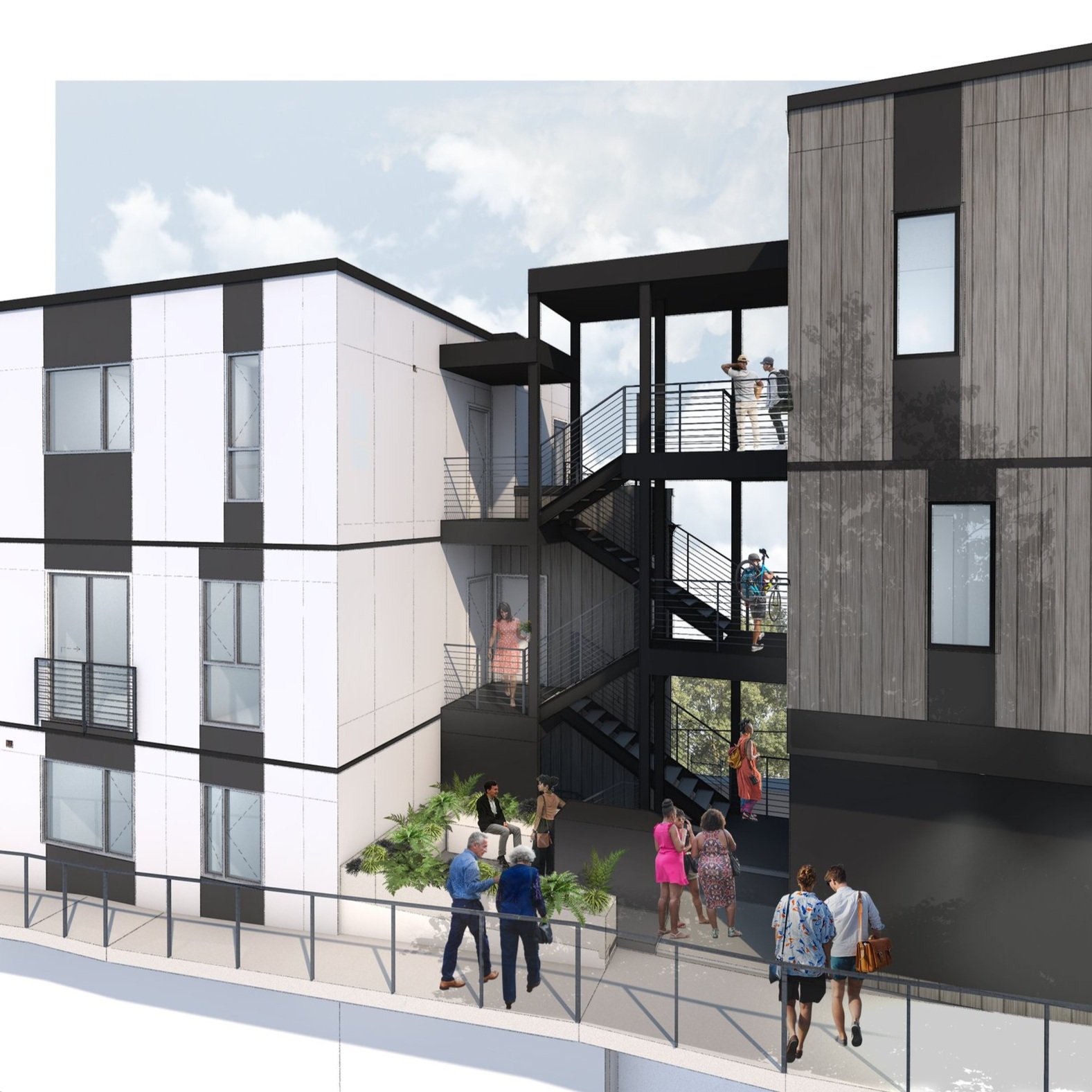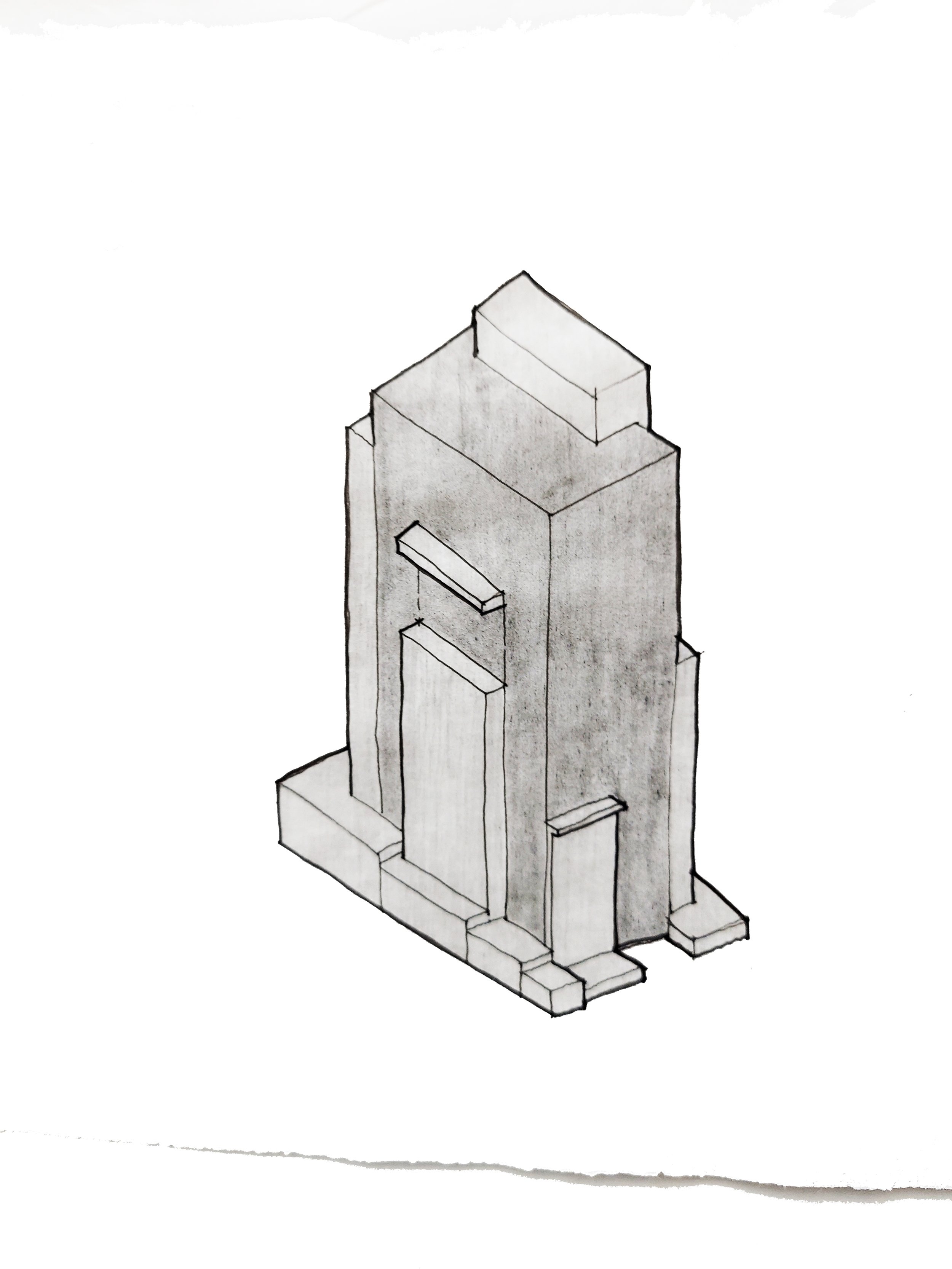Our Principal, Brad Khouri, has been appointed Affiliate Assistant Professor at the University of Washington's Department of Architecture for the 2025–2026 academic year. This appointment recognizes his over two decades of dedication to architectural education and his significant contributions to urban housing design.
Since 2003, Brad has served as a part-time lecturer at UW, teaching a diverse range of studios across undergraduate, graduate, and thesis levels. His courses often focus on the intersection of design innovation, policy, sustainability, and residential development, reflecting his professional expertise in infill urban housing. Notably, he co-led a research studio investigating housing density and equity, where students collaborated on design projects in specific Seattle neighborhoods.
In his new role, Brad will continue to teach the Housing Studio in Fall 2025, guiding students through the complexities of multifamily urban housing design. His ongoing involvement in both academia and professional practice ensures that students benefit from real-world insights and contemporary design challenges.
Samples of the work generated by the students of the 2024/2025 Architecture 503 Studio
